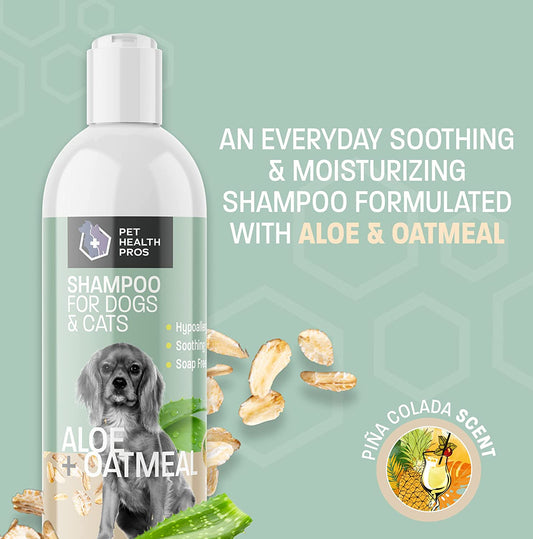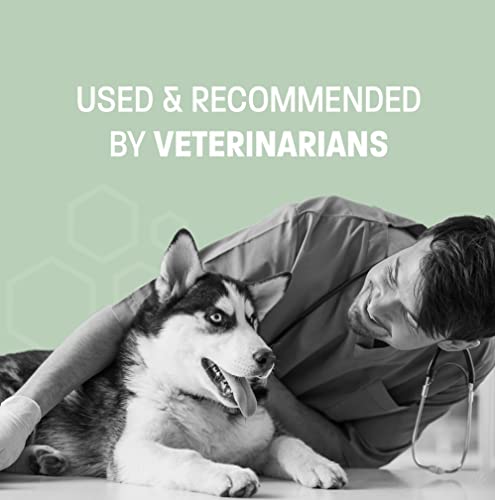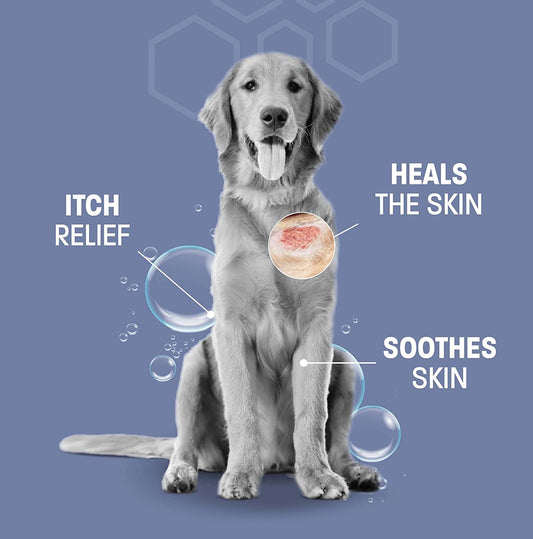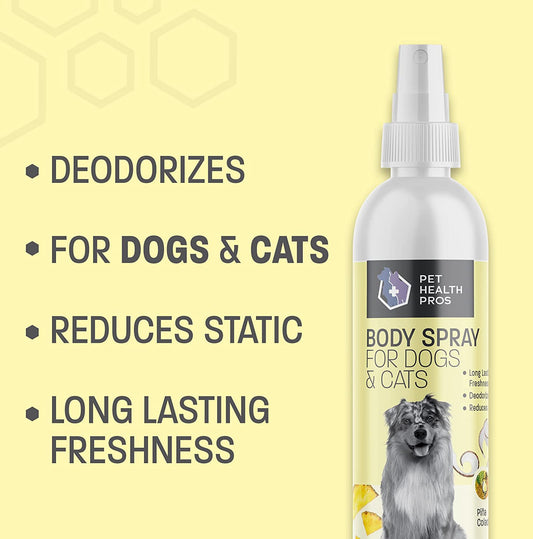Dogs love to chew, but sometimes their chewing can become a problem. Whether it's your favorite shoes, furniture, or even walls, excessive chewing can cause a lot of damage. That's where dog chewing repellents come in. These products can help teach your dog what is okay to chew and what is not. But with so many options out there, how do you choose the best one?
Key Takeaways
- Understand why your dog is chewing and if a repellent is really needed.
- There are natural, commercial, and homemade repellents available.
- Look for safe and effective ingredients in any repellent you choose.
- Proper application is key to making the repellent work effectively.
- Always consider your dog's health and safety when using any repellent.
Understanding the Need for Dog Chewing Repellent
Common Reasons Dogs Chew
Dogs chew for various reasons, including teething, boredom, anxiety, and curiosity. Puppies, in particular, chew to relieve the discomfort of teething. Adult dogs might chew to alleviate stress or simply because they are bored and need stimulation.
Potential Risks of Excessive Chewing
Excessive chewing can lead to several problems. Dogs might damage furniture, shoes, and other household items. More importantly, they could ingest harmful materials, leading to health issues. Chewing on electrical cords can be particularly dangerous, posing a risk of electric shock.
Signs Your Dog Needs a Chewing Repellent
If your dog is constantly chewing on inappropriate items despite having toys, it might be time to consider a chewing repellent. Look for signs like chewed-up furniture, shoes, or other household items. A spray deterrent is one way to define what isn't okay to chew, but some dogs will chew objects even when coated in a deterrent.
Types of Dog Chewing Repellents
Natural Repellents
Natural repellents are made from ingredients found in nature. These can include citrus, vinegar, and certain essential oils. Natural repellents are often preferred by pet owners who want to avoid chemicals. However, it's important to ensure that the ingredients are safe for dogs.
Commercial Repellents
Commercial repellents are products specifically designed to deter dogs from chewing. They often come in sprays or gels and are available in pet stores. One example is the ebpp stop the chew 3x strength anti chew spray. These products are formulated to be effective and easy to use.
Homemade Solutions
Homemade solutions can be a cost-effective way to prevent chewing. Common ingredients include apple cider vinegar and lemon juice. These solutions can be mixed at home and applied to areas where dogs tend to chew. While they may not be as strong as commercial products, they can still be effective in many cases.
Key Ingredients to Look for in Dog Chewing Repellents
When choosing a dog chewing repellent, it's important to know which ingredients are safe and effective. This section will guide you through the key ingredients to look for and those to avoid.
Safe and Effective Ingredients
Bitter principles and extractives are commonly used in dog chewing repellents. These ingredients create a taste that dogs find unpleasant, discouraging them from chewing on treated items. For example, Grannick's Bitter Apple Original Taste Deterrent Dog Spray uses bitter principles to deter chewing.
Another effective ingredient is citrus extracts. Dogs generally dislike the smell and taste of citrus, making it a natural deterrent. Additionally, vinegar is often used in homemade solutions for its strong odor, which dogs tend to avoid.
Ingredients to Avoid
While many ingredients are safe, some can be harmful to dogs. Avoid repellents containing alcohol, as it can be toxic if ingested. Also, steer clear of products with essential oils like tea tree oil, which can cause adverse reactions in dogs.
How Ingredients Work
The effectiveness of a dog chewing repellent largely depends on its active ingredients. Bitter principles work by creating an unpleasant taste, while citrus extracts and vinegar rely on strong odors to deter dogs. Understanding how these ingredients work can help you choose the most effective repellent for your dog.
Always read the label and consult your vet if you're unsure about any ingredient in a dog chewing repellent.
How to Apply Dog Chewing Repellent Effectively
Preparation Steps
Before applying any dog chewing repellent, it's important to prepare the area and your dog. Clean the surfaces where you plan to apply the repellent to remove any dirt or residue. This ensures the repellent adheres properly. Also, make sure your dog is calm and relaxed to avoid any stress during the application process.
Application Techniques
There are different techniques for applying dog chewing repellents, depending on the type you choose. For sprays, hold the bottle about 6-8 inches away from the surface and spray evenly. For gels or creams, use a cloth or your fingers to spread a thin layer over the area. Always follow the instructions on the product label for the best results.
Frequency of Application
The effectiveness of dog chewing repellents can vary, so it's crucial to reapply them as needed. Some repellents may need to be reapplied daily, while others might last for several days. Monitor the treated areas and reapply the repellent if you notice your dog starting to chew again. Consistency is key to ensuring the repellent works effectively.
Applying dog chewing repellent correctly can make a significant difference in protecting your belongings and keeping your dog safe.
Evaluating the Effectiveness of Dog Chewing Repellents
Monitoring Your Dog's Behavior
After applying a dog chewing repellent, it's crucial to monitor your dog's behavior. Watch for any changes in their chewing habits. If the repellent is working, you should see a decrease in chewing on the treated items. Keep a close eye on your dog for at least a week to gauge the effectiveness.
Adjusting the Repellent as Needed
Sometimes, a single application might not be enough. If you notice that your dog is still chewing, you may need to reapply the repellent or try a different type. Consistency is key; make sure to follow the instructions on the product label for the best results.
When to Consult a Professional
If you've tried multiple repellents and your dog continues to chew excessively, it might be time to consult a professional. A veterinarian or a dog behaviorist can provide expert advice and may suggest alternative solutions or identify underlying issues that need to be addressed.
Evaluating the effectiveness of dog chewing repellents involves careful observation and sometimes, professional guidance. Don't hesitate to seek help if needed.
Safety Considerations for Using Dog Chewing Repellents
Potential Side Effects
When using dog chewing repellents, it's important to be aware of potential side effects. Some dogs may experience skin irritation or allergic reactions. Always monitor your dog after the first application to ensure they do not have an adverse reaction.
Age and Health of Your Dog
The age and health of your dog play a crucial role in choosing the right repellent. Puppies and older dogs may have more sensitive skin, so opt for milder formulas. Consult your vet if your dog has any pre-existing health conditions before using a repellent.
Safe Storage and Handling
Proper storage and handling of dog chewing repellents are essential to ensure safety. Keep the product out of reach of children and pets. Store it in a cool, dry place to maintain its effectiveness. Always wash your hands after applying the repellent to avoid accidental ingestion or contact with your eyes.
Alternative Solutions to Dog Chewing Repellents
When dealing with a dog that loves to chew, there are several alternatives to using repellents. These methods can be effective and may even address the root cause of the chewing behavior.
Training and Behavioral Techniques
Training your dog is one of the most effective ways to curb unwanted chewing. Positive reinforcement can be used to reward your dog when they chew on appropriate items. Commands like "leave it" or "drop it" can also be helpful. Consistency is key, so make sure everyone in the household follows the same rules.
Providing Chew Toys
Offering your dog a variety of chew toys can redirect their chewing behavior to more appropriate items. Look for toys that are durable and safe for your dog's size and chewing strength. Interactive toys that dispense treats can also keep your dog engaged and less likely to chew on furniture or other household items.
Environmental Modifications
Sometimes, changing your dog's environment can reduce their urge to chew. This can include keeping tempting items out of reach and providing a safe, designated area for your dog to play and chew. You might also consider using barriers to keep your dog away from certain areas of the house.
If your dog continues to chew excessively despite these efforts, it may be time to consult a professional trainer or veterinarian. They can help identify any underlying issues and recommend additional strategies.
By using these alternative solutions, you can help your dog develop better habits and reduce the need for repellents.
If your dog keeps chewing on things, there are other ways to help. Try giving them more toys or spending extra time playing with them. You can also use training techniques to teach them what not to chew. For more tips and products to keep your pet happy and healthy, visit our website.
Conclusion
Choosing the best dog chewing repellent can make a big difference in keeping your home and your pet safe. By considering factors like the ingredients, effectiveness, and your dog's preferences, you can find a product that works well for both of you. Remember to always read reviews and maybe even try a few different options to see what works best. With the right repellent, you can help your dog learn what not to chew on, making life easier and happier for everyone in your home.
Frequently Asked Questions
What is a dog chewing repellent?
A dog chewing repellent is a product designed to discourage dogs from chewing on things they shouldn't, like furniture, shoes, or other household items.
Are dog chewing repellents safe for my pet?
Most dog chewing repellents are made with safe ingredients, but it's important to check the label and follow the instructions to ensure your pet's safety.
Can I make a homemade dog chewing repellent?
Yes, you can make a homemade dog chewing repellent using natural ingredients like vinegar or citrus. These are safe and often effective.
How often should I apply the chewing repellent?
The frequency of application depends on the specific product. Some need to be reapplied daily, while others might last longer. Always follow the product's instructions.
What should I do if my dog keeps chewing despite using a repellent?
If your dog continues to chew, it might be helpful to try a different repellent, provide more chew toys, or consult a professional trainer for advice.
Are there any side effects of using dog chewing repellents?
Some dogs might have a mild reaction to certain ingredients. If you notice any adverse effects, stop using the product and consult your vet.








